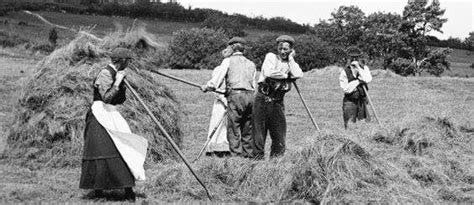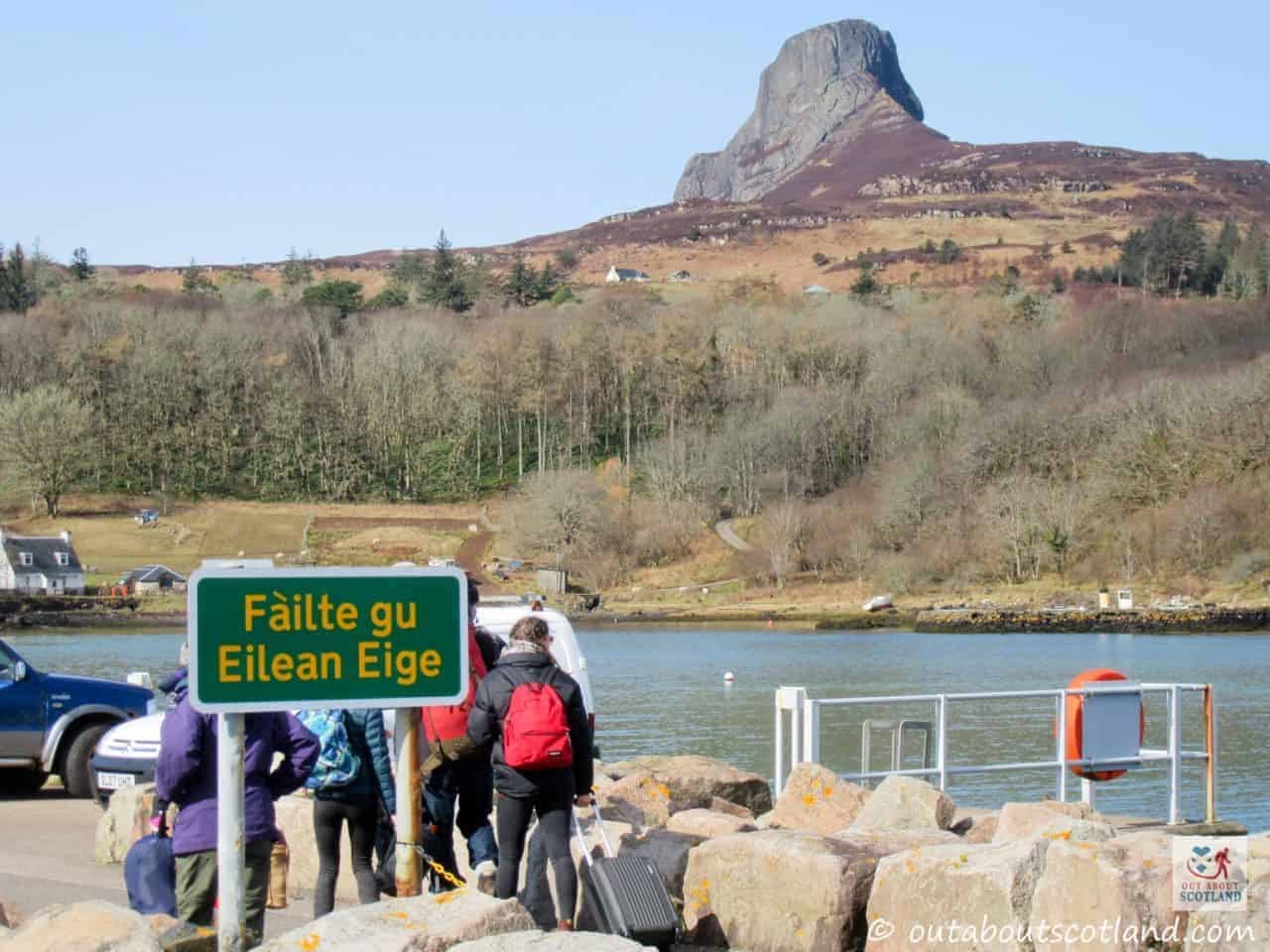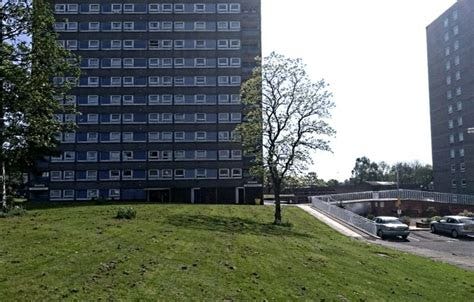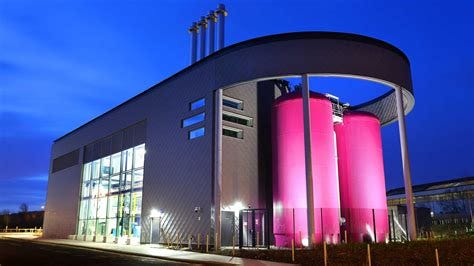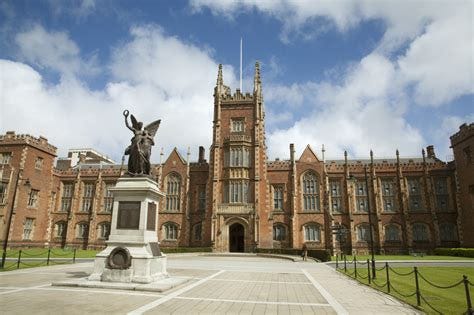When I was growing up in rural Ireland in the 1970s and 1980s, I remember hay making, or turf cutting where groups of neighbours joined together to complete seasonal tasks. It was usually families, but sometimes included neighbours as well. I was usually too young to participate but remember clearly preparing food for the workers afterwards as a communal meal was very important. The meitheal (pronouned meh-hal) tradition was beginning to die out, but it was a remnant of a cashless agricultural society, where work was exchanged and bonds built between neighbours. Here’s a description of it:
https://www.maryrobinsoncentre.ie/meitheal.html
It is not confined to Ireland, the Amish tradition of ‘frolics’, where a community comes together for a large scale project such as building a barn, harvesting crops or making a quilt has much in common with it:
https://amishpedia.com/amish-frolic/
Perhaps in these uncertain times that we are now living it is time to start reviving these traditions, depending less on the large companies and organisations, and more on each other.
In these pages I am putting my engineer’s hat on and giving examples of small scale projects for energy and community that to me seem to be in the spirit of the meitheal tradition that I have come across in the course of researching these pages. No philosophy here, just practical solutions. As ever comments and discussions are welcome.
Here’s a few that I’ve come across so far in the course of my writing.
Here are some details about community energy projects around Ireland
https://communitypower.ie/
and here in the UK
https://energysavingtrust.org.uk/how-community-energy-schemes-can-help-the-uk-reach-net-zero/
Island of Eigg
I found this absolutely fascinating, it’s a community owned and run energy microgrid, completely independent from the mainland. It’s a combination of hydroelectric, solar and wind turbines. The locals maintain it and they voluntarily agree to energy caps on usage (a peak of 5kV per household). They have developed a whole energy culture in microcosm, and the island is now on my bucket list of places to visit (along with Denmark). More details on it here:
http://isleofeigg.org/eigg-electric
https://www.esru.strath.ac.uk/EandE/Web_sites/15-16/Island_Thermal_Challenge/current-microgrid-configuration.html
Daisyfield Flats, Blackburn, Lancashire
This is a fascinating experiment by a social housing group (formerly council housing) for deprived communities) in Lancashire to supply cheap heating using ground water boreholes to three high rise blocks of flats in the town. Ground water is pumped to each flat where a heat pump then uses it to provide cheap heating and hot water. Fuel bills have been slashed and residents are very happy with this solution. Again on my bucket list to visit.
https://kensa.co.uk/social-housing/case-study/together-housing-daisyfield-blackburn-ground-source-heating
Gateshead Energy
This is a wonderful initiative by Gateshead District Council to supply low carbon energy solutions to its community. I have actually seen this in passing, it is very close to the Tyne bridge in Newcastle. It’s an impressive example of a local community taking its energy needs into its own hands; they have their own private wire network. I love that the gas fired power station is right in the heart of the community, so people have a real connection with their energy supplies. But they have now also started using ground water heat pumps from disused local mine shafts as well as a solar farm for renewable no carbon energy. This has won many awards, and deserves to. More details here:
https://www.gatesheadenergycompany.co.uk/
Queen’s University of Belfast
My old stomping ground has installed two Combined Heat and Power units on the main campus and in the Ashby Engineering building to provide campus wide heat and electricity. They’ve got so much extra heat energy that they export the rest to heat the nearby Botanic Gardens glasshouses (again a place I know well). I’d expect no less from a place with such a stellar engineering pedigree.
https://www.edina.eu/case-studies/queens-university-belfast





